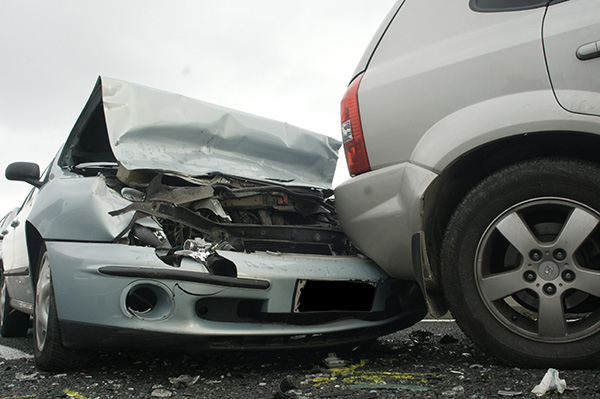
Tailgating is always a bad idea—but when the weather turns bad, it becomes downright dangerous. Following too closely during rain, snow, fog, or icy conditions dramatically increases the chances of a rear-end collision, and it leaves you with far less time to react when something goes wrong.
Unfortunately, many drivers don’t adjust their habits when the weather gets worse. They follow the same distance, brake at the same points, and trust their instincts instead of giving themselves the space and time they really need. In reality, tailgating in bad weather is one of the quickest ways to end up in an avoidable crash—and often takes other drivers down with you.
Reduced Traction Means Longer Stopping Distance
The main reason tailgating is more dangerous in bad weather comes down to traction. When the road is wet, icy, or even just slick with leaves or oil buildup, your tires can’t grip the surface as well. That means your stopping distance increases—and if you’re following too closely, you simply won’t have enough time or space to stop safely.
Even a small delay in braking can cause you to rear-end the car in front of you. And if your tires are worn or underinflated, the risk goes up even more.
In snowy or icy conditions, the rule of thumb is to increase your following distance to at least 8 to 10 seconds. That may seem excessive, but it gives your vehicle the space it needs to slow down gradually without skidding or sliding into the vehicle ahead.
Visibility Is Always Worse in Bad Weather
Bad weather doesn’t just affect your traction—it also limits what you can see. Fog, heavy rain, snow flurries, and even early sunsets during winter all reduce your ability to judge distance and speed. Tailgating under these conditions means you're driving blind in more ways than one.
You might not notice that the vehicle ahead of you is braking until it’s too late. And if you’re distracted—even for a second—you won’t have the time to avoid a crash. Add in the glare from headlights or the distortion from wet windshields, and that reduced reaction time becomes even more dangerous.
Slippery Roads Don’t Forgive Sudden Moves
When you're tailgating, and the car in front of you suddenly taps the brakes or swerves to avoid something, your natural response is to hit the brakes or turn just as quickly. On a dry road, you might recover—but on a slick one, those quick inputs can cause you to lose control.
ABS and traction control help, but they can’t change physics. If you brake too hard on a wet or icy road, your tires may lock up or slide. If you swerve suddenly, you risk spinning out. Keeping a safe following distance allows you to slow down gently and predictably, which is far safer in poor conditions.
Tailgating Can Trigger Chain-Reaction Crashes
In bad weather, one mistake can lead to a pileup. Rear-end collisions often start a domino effect, especially in heavy traffic or on highways. If you're following too closely and crash into the car ahead of you, the car behind you might not have time to stop either.
These multi-vehicle accidents are more likely in snow, rain, or fog, where everyone’s visibility and traction are already compromised. Leaving extra space not only protects you—it gives everyone behind you more time to react as well.
What to Do Instead
If the weather’s bad, slow down and increase your following distance. Use the 5- or 6-second rule in light rain, and at least 8 seconds in snow or ice. Turn on your headlights—even during the day—to make yourself more visible.
And if someone is tailgating you, don’t try to "brake check" them. That only increases the risk. Instead, move over when it’s safe and let them pass. It’s not your job to teach them a lesson—it’s your job to stay safe.
Want to make sure your vehicle is ready for unpredictable Colorado weather? At Rocky Mountain Car Care in Broomfield, CO, we’ll inspect your tires, brakes, lights, and wipers to keep you safe no matter what the skies are doing.